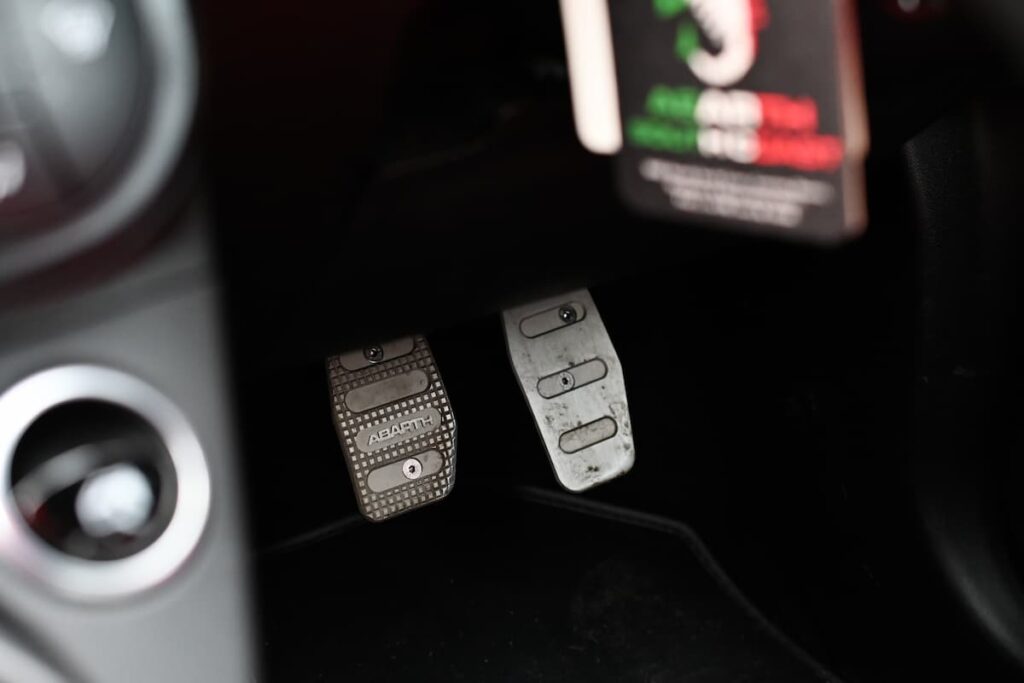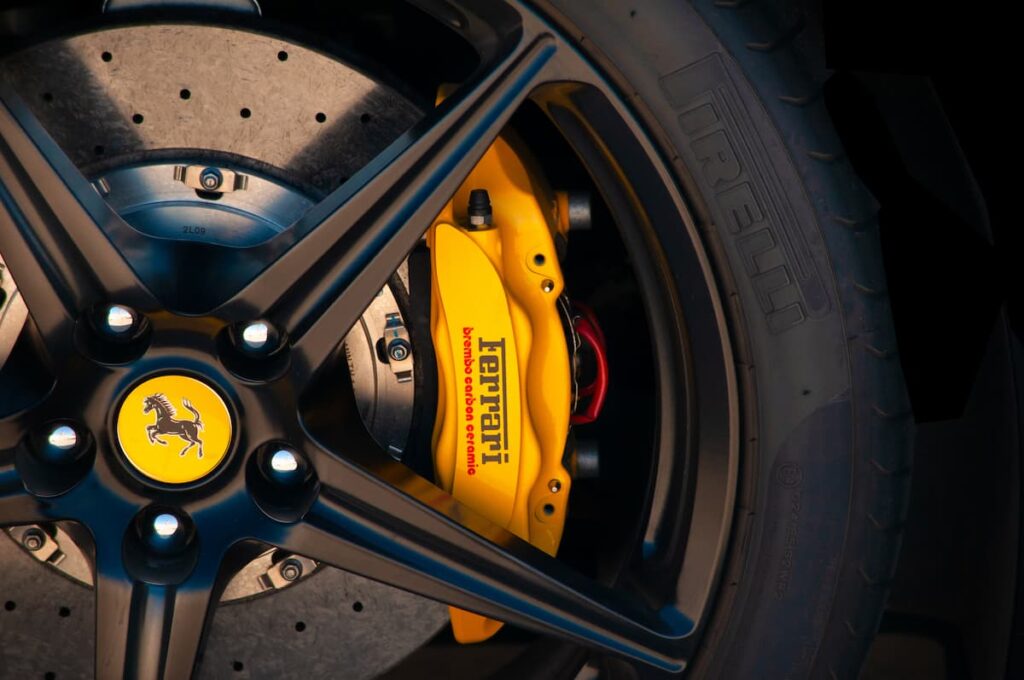Talking about safety in a vehicle easily occupies an entire day. Manufacturers are concerned about continuing to innovate their products — including more e-tech systems and ever more efficient, environmentally friendly engines. Disc brakes and drum brakes are also part of this discussion.
So we have to talk about both when it comes to reducing the number of accidents and deaths on the road. To do this, it’s essential to focus the discussion on 2 basic brake types: disc brakes and drum brakes.
Learn about the differences between them, as well as the main advantages and disadvantages of both.

Disc brakes and drum brakes: the advantages, disadvantages, and differences
Yes, they’re different (as you have realized by now). And since they’re so crucial for vehicle safety, knowing the key points that distinguish them is essential.
Disc brakes
Disc brakes are the most modern brakes, used (practically) on every car you see on the road.
We’re speaking of a more efficient system when compared to drum brakes.
These brakes include a disc attached to the wheel hub, brake pads, and pistons. To work correctly, the brake pads compress the disc, which generates the friction needed to brake the car.
The greater the use, the greater the wear on the pads. Therefore, you should always pay attention to the minimum thickness required and change them whenever this value is exceeded (which depends on the manufacturer).
How disc brakes work
The driver presses down on the brake pedal, reaching the hydraulic pump associated with the pedal; this then drives the pistons with brake fluid — which is responsible for pushing the brake pads against the disc.
The friction created reduces the car’s speed.
But although it is the most widely used braking system, it also has disadvantages.
Brake discs: advantages and disadvantages
On the positive side:
- There’s greater heat dissipation because there’s more air exposure;
- As it is an open system, there’s no dirt accumulation;
- It better resists the high temperatures generated by friction;
- The calipers distribute the pressure entirely by the pads (which wear out less);
- Easier to assemble and maintain.
As negative points, we highlight:
- Greater exposure to dirt and debris (such as dust, mud, and stones), which can damage some components (to be replaced later);
- Components are more expensive than drum brake components;
- As it is a system more exposed to external factors, in the long run, it may need more mechanical intervention (this is why car maintenance is so important).

Drum brakes
These brakes are older than disc brakes. We’re talking about a more rudimentary braking system, but one that is still used — especially on the rear brake of some cars and trucks.
They’re cheaper to produce, and the braking system is still effective.
Drum brakes have more components, such as the drum, cylinder, friction system, and springs. On the other hand, they’re more difficult to repair.
How do drum brakes work?
Drum brakes and disc brakes system is identical since both use brake blocks.
So when the driver presses the brake pedal, it activates the pads, which pressure against the drum — making the car brake.
Drum brakes: advantages and disadvantages
The positive points are:
- Its strength because they’re stiffer brakes — hence they are widely used in trucks;
- The cost of maintenance and repair is lower than that of brake discs.
As more negative points, we highlight:
- Because the vehicle is braked by the friction created between pads and drum, this can make the brakes overheat, which may stop braking altogether;
- It’s a closed system, so there’s less heat dissipation and more dirt accumulation.
Are disc and drum brakes that different?
In general, the braking system of both is identical.
The difference is in their composition. Each system has different components, even though both create, in their own way, the friction needed to brake a vehicle.
Still, disc brakes are far more complex than drum brakes. In fact, there are 5 types that you should know about.
1. Smooth brake discs
As the name implies, smooth discs are not perforated. In addition, they include a contact surface for the brake pads to work on without compromising strength. In contrast, they cannot drain away accumulated water and dirt — which can damage the system at high temperatures.
2. Ventilated brake discs
In this case, there are 2 discs joined together, with a spacing between them. These discs are plain, but heat dissipation takes place between their faces.
3. Perforated brake discs
These discs are often used in sports cars. As they’re perforated, they facilitate water drainage and prevent dirt from getting stuck to the discs. The holes ensure increased friction when it rains.
4. Slotted brake discs
These discs have small “groove” lines on their surface. These lines allow excess water to drain away and do not compromise the desired friction of the brake pads.
5. Ceramic brake discs
These are the most expensive brake discs, usually used on high-performance cars — such as Formula 1 and supercars.
They’re made of carbon and ceramic and have greater resistance to high temperatures. These are the lightest discs on this list and can even stop, within a few meters, cars driving at high speeds.
In fact, there are some differences between disc brakes and drum brakes — even though both have advantages and disadvantages.
But no matter what type of brakes your car has, always ensure they’re working perfectly. Safety comes first, and the braking system influences everything about how you drive.

